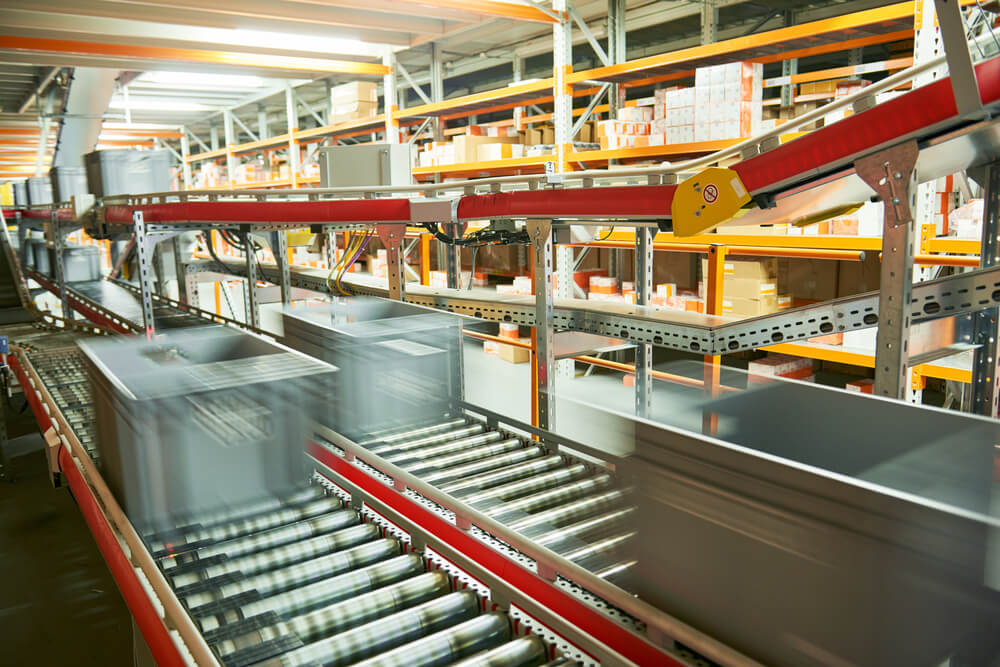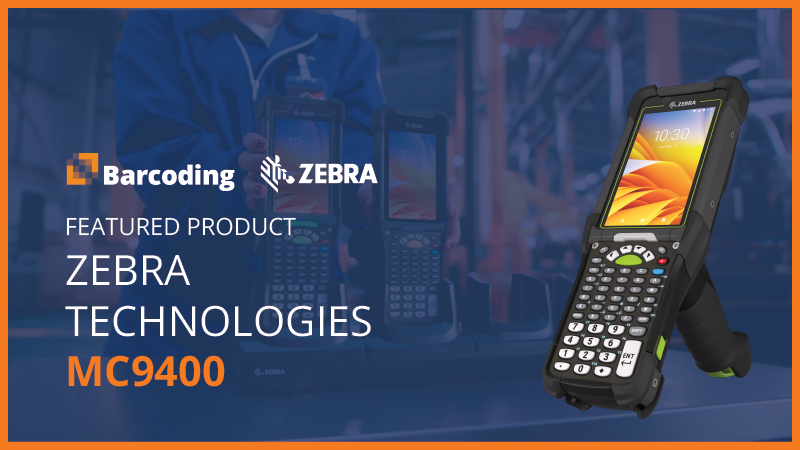 What does B2B excellence look like in the supply chain? What is the benefit of implementing and adhering to GS1 standards? As we’ve seen in recent weeks, the world can change quickly, so I believe it’s imperative to standardize on proven processes. Doing so will provide improved efficiency, peace of mind, and protection against unknown or unpredictable challenges to the supply chain.
What does B2B excellence look like in the supply chain? What is the benefit of implementing and adhering to GS1 standards? As we’ve seen in recent weeks, the world can change quickly, so I believe it’s imperative to standardize on proven processes. Doing so will provide improved efficiency, peace of mind, and protection against unknown or unpredictable challenges to the supply chain.
When undergoing a project to assess and improve your supply chain performance, whether your goal is an incremental improvement or a full-blown digital transformation, the first thing to do is to be clear on your goals. Those goals should include a reduction in costs, an increase in cash flow, or an improvement in the customer experience (if not all three).
And the four key things you must review in order to improve are process, people, technology, and data. GS1 standards provide a proven roadmap to success so it only makes sense to implement them. They allow you to capture, share and leverage data, not just in your place of business, but across the supply chain.
To bring the need for process improvement to life, let’s picture a scenario together, shall we? Imagine you are in charge of the production line in a manufacturing plant and you have a sudden outage. You discover that the outage is due to the need for a new motor. Keep in mind that the motor is not a part you need to produce your product, but rather a part you need to operate the line. In other words, nothing is happening without this part. Now the production line is down and you’re losing hundreds or even thousands of dollars per minute because there’s no product moving through the factory.
How will you respond? How long will it take to fix the problem and how much will it end up costing the company?
The good news is that the part has already been ordered because it’s part of a regular order coming in that morning. The bad news is that it’s somewhere on the back of a truck. When it gets to the receiving dock, how long will it take to find it?
That all depends on the quality of your technology, process, people, and data. If your receiving process is based on a manual system, it could take anywhere from one to four hours. Why? Because the team in receiving must do their jobs, one step at a time or inventory won’t be tracked appropriately. That means they must receive and unload the pallet, validate the bill of lading (BOL), inspect the goods, match the order, check the quality, enter the receipt into your enterprise resource planning (ERP) system and, finally, put away or expedite the shipment.
These steps can’t be skipped in a manual process and they will undoubtedly take a lot of time and cost a lot of money.
Now let’s imagine an automated receiving process based on GS1 standards. With an automated receiving process, that one-to-four-hour window could be cut down to as little as 20 minutes. How? Because it involves much fewer touches. For example, the receiving team doesn’t need to touch any paperwork if their scan guns can scan the barcodes as they inspect the receipts. The shipment will be acknowledged quickly and taken where it needs to go.
With GS1 standards in place, the pallet would have a Serialized Shipping Container Code (SSCC) on it to identify it as a unique transaction between the shipper and receiver. When it’s received at the dock, it will be scanned into the warehouse management system.
Because the warehouse management system is in place, you would be able to direct it to a rush location. We still don’t know which case on the pallet holds the part we need, so all the cases will be scanned for handling. But as soon as we reach the case that needs to be expedited, the barcode scanning gun will alert us because we’ve told the system to look for that part and notify us when it’s found.
How much money would a modernized system based on GS1 standards save your company in this scenario? It all depends on the cost of downtime, but it’s safe to say the difference is meaningful and in the thousands of dollars. And that’s just one scenario on one day.
Going back to our original premise: What does B2B excellence look like in the supply chain? It looks a lot like being able to solve an expensive problem quickly.


 What does B2B excellence look like in the supply chain? What is the benefit of implementing and adhering to GS1 standards? As we’ve seen in recent weeks, the world can change quickly, so I believe it’s imperative to standardize on proven processes. Doing so will provide improved efficiency, peace of mind, and protection against unknown or unpredictable challenges to the supply chain.
What does B2B excellence look like in the supply chain? What is the benefit of implementing and adhering to GS1 standards? As we’ve seen in recent weeks, the world can change quickly, so I believe it’s imperative to standardize on proven processes. Doing so will provide improved efficiency, peace of mind, and protection against unknown or unpredictable challenges to the supply chain.

